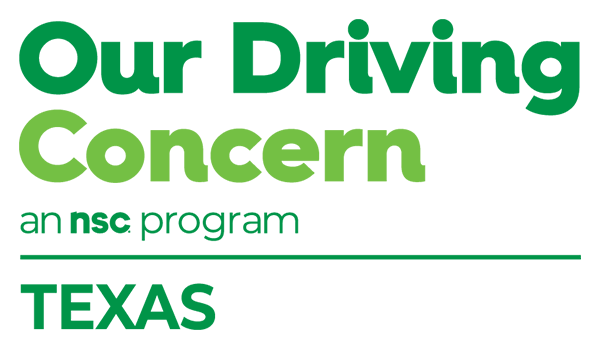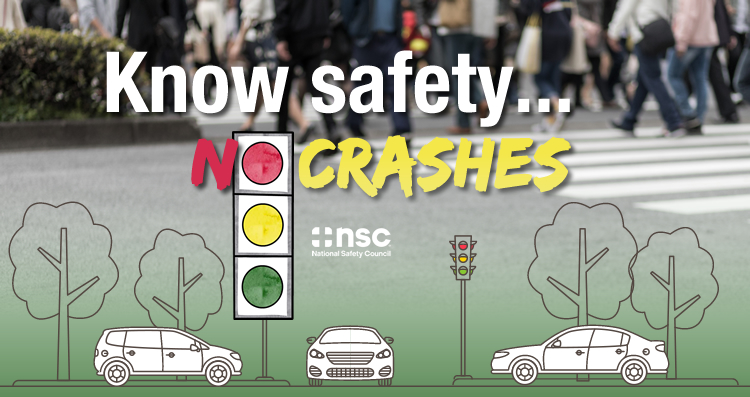Phew! That blast of artic cold, snow and ice certainly shook up our world. I’m looking toward March’s arrival with an eye on spring cleaning. This time-honored ritual can serve you well at home and on the job, particularly as it pertains to a putting a shine on your driver and transportation safety programs.
In your safety program, what’s working to keep your employees safe behind the wheel? What’s not? What can be thrown out? Are you addressing the issues that turned 2020 into the year when traffic fatalities increased at a disproportionate rate while traffic volume declined? I’ve heard the phrase, “Let go of what no longer serves you.” Are you still using safety videos from the ‘70s and ‘80s?
Cognitive distraction jumped to the fore during the pandemic as people from all walks of life worried about their health, their jobs and their ability to pay bills. Many are still looking for answers. And we know the human brain cannot handle two thinking tasks at the same time, like driving and talking on the phone.
Your brain toggles quickly between these two tasks. When driving, this can slow reaction time and lead to crashes. As a safety leader, you should provide education and training on speeding, reckless driving, impairment and seat belt use, items that confront all employers and routinely affect your bottom line.
Do not assume everyone is a good driver because they have a driver’s license. When employees take risks behind the wheel, they jeopardize their own safety and the safety of all those around them. When these risks are compounded, they can become deadly.
Recent articles have cited increases in alcohol sales and consumption. Medical and recreational use of marijuana has increased. Prescription drugs, illicit drugs and alcohol can impact judgment and reaction time, skills necessary for safe driving. Do you have a safe driving policy in place? Is the policy enforced?
What about incidents involving backing up and striking fixed objects? Are these addressed? These may seem like small issues, but back-over incidents can be fatal. Now is the time to look more closely at your incident report data. Bent metal and broken bones don’t have to be normal. Stop clinging to the mindset of, “I’ll get to that later.”
Nuclear verdicts against truck fleets are on the rise, and a corresponding increase in insurance costs is more and more a part of the landscape. It’s time to place transportation safety higher on the to-do list.
Experts will tell you a good spring cleaning comes with psychological benefits, too, and can make you feel good about yourself. You will be protecting your organization’s most valuable asset, its employees. We’d like to help. Are you taking advantage of the free training opportunities we offer through the Our Driving Concern and Drug Impairment Training for Texas Employer programs?
And the free resources? Why don’t you print and display our free posters? Share our videos? Use our free safety huddle sheets to deliver safety talks? We have thrown out some old items and replaced them with new pieces on our new website. Now, it’s your turn. Stop procrastinating. Join with us in a spring safety cleaning.
– Lisa Robinson is a senior program manager at the National Safety Council



